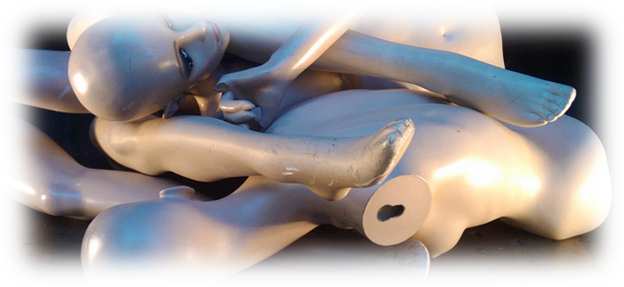Reach out to your kids – Using your arms and legs in storytelling
[suffusion-widgets id=’2′]
In the last section, we talked about using your head in storytelling. Now we’re going to bring some of your other appendages into it.
Have you ever punched the air with delight for winning a race or beating your competition?
Have you ever patted your child on the back in pride?
Have you ever stood angrily with your hands on your hips?
Have you found yourself holding your hand in front of your mouth in nervous reservation?
You are already armed with the best body language tools in the business of storytelling and you unconsciously use them all the time in your life to exhibit your emotion, even just gesturing normally during a chat with your friend.
Your arms and hands can be very versatile tools for communicating your emotions during a story. Exploit these tools during storytelling and you avail of a huge opportunity to elevate your story into real entertainment.

You can use your arms and hands to invite, reject, persuade, control, comfort, approve, ask or accuse and to show fear, anxiety, aggression, domination, submission, boredom, pride, joy and love. They’re pretty handy for playing animal characters too!
Imagine how you might use your hands and arms to convey any of the meanings listed?
A nervous criminal is wringing his hands, while having a finger pointed at him accusing him of the crime.
A demanding princess might be crossing her arms and stamping her foot when she doesn’t get her own way.
The football legend might clench his fists and punch the air in satisfaction as he scores another winning goal.
The forgiving mother might open her arms wide, inviting her child into her close embrace.
The scared little piglet might be shaking and trembling, afraid that the farmer is coming to take him away.
The exasperated teacher might throw her hands up in the air, palms up, while glowering at the mischievous child.
- The big brother might put his hands on his hips and berate his little sister for telling lies about a snow covered land she found in the back of the wardrobe.
- The happy child might clap excitedly, delighted at the magician’s trick.
- The angry tiger might whip out his claws to scare the little mouse away.
- The baby bird might flap its wings madly as it plummets out of the nest for the first time.
You can effectively embody almost every emotion conceivable using your hands and your arms.
Your audience will love your physical expressions, not only are you the teller of the tale but you transform into each and every character effectively.
You’ll also make the story unforgettable so they can share it with their friends.
A step in the right direction
A rarely considered facet of body language in storytelling, your legs and feet are just as capable of expressing emotion, albeit perhaps through a more limited set of movements.
You may wonder how you could possibly incorporate any leg gestures into your stories but here a few suggestions.

- Tapping your foot off the floor is a great way to convey impatience.
- Sitting with your knees tightly together indicates anxiousness.
- Give your peg leg pirate a limp and increase his authenticity.
- Shifting your weight from leg to leg will show how nervous or confused your character is.
- Stretching your legs out in front of you when sitting shows your character is relaxed and care-free
- Your Wild West cowboy may slap his leg in satisfaction when he finally figures out a problem.
- Stamping your foot shows frustration or stubbornness.
- Kicking the ground can show frustrated defeat.
- If your character is dragging his feet, it shows his unwillingness to do something.
By involving your legs in your body language you can create some pretty convincing or hilarious effects for your child.
You are become an actor, not just a storyteller.
Storytelling homework
- Practice. As for the section on using your head as a prop when telling a story, practice the ideas above and keep an eye open for opportunities to use your arms, hands, legs and feet to make the story you’re sharing with your kids that much better.
Oh, and remember to have fun!
Now head back to the chapter summary or wait for the final part of this storytelling course to arrive in your inbox.